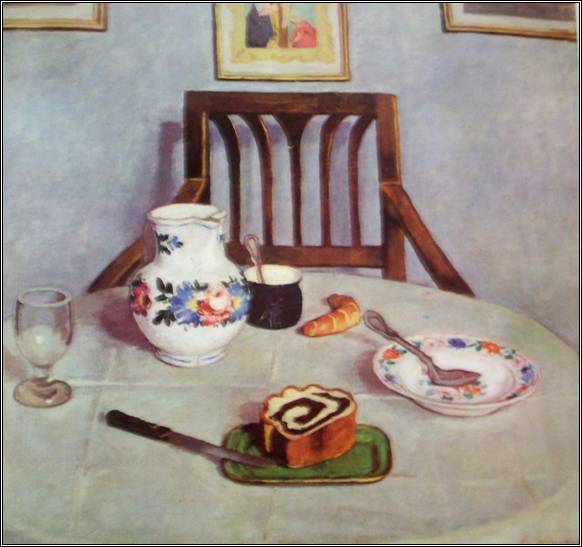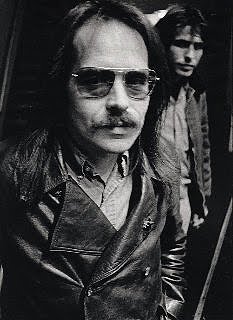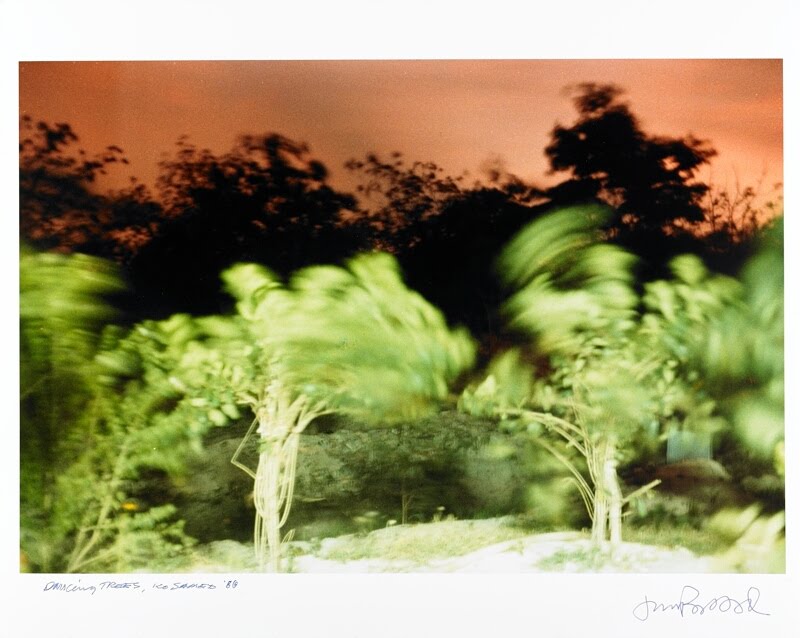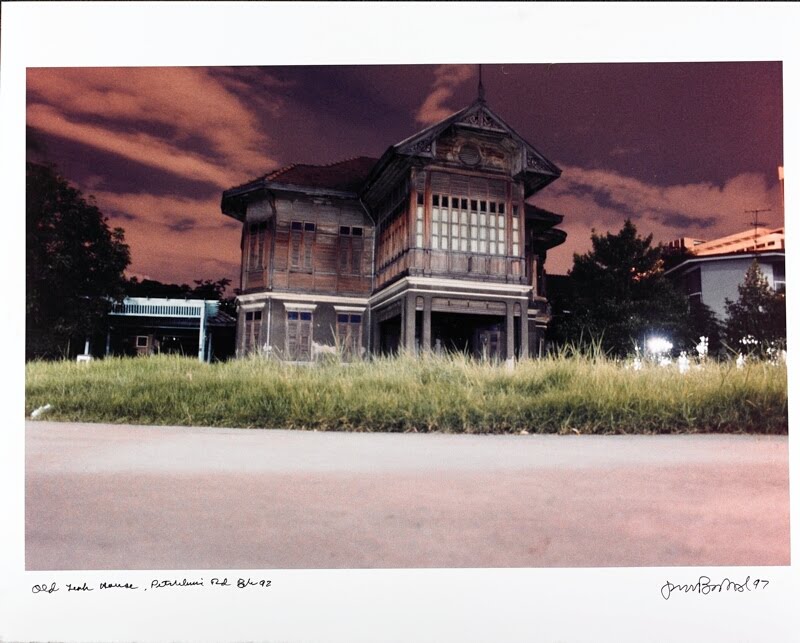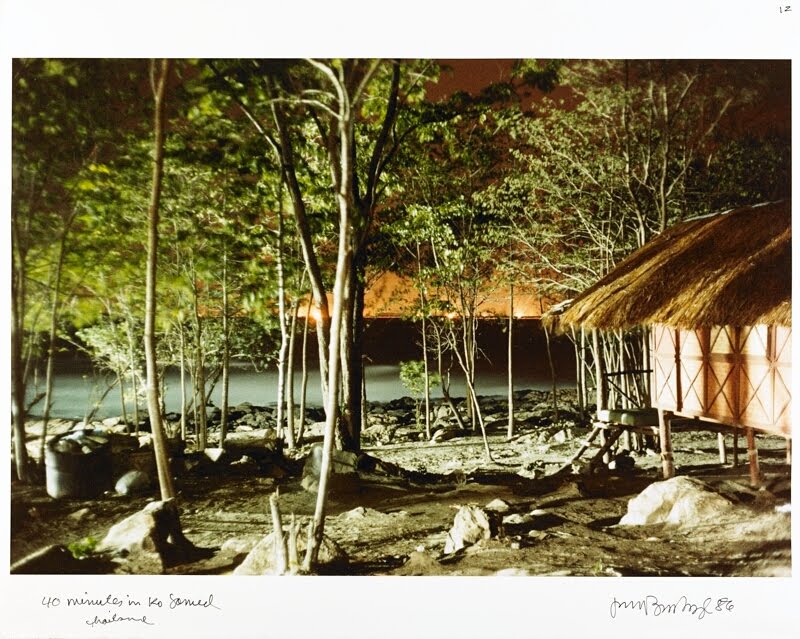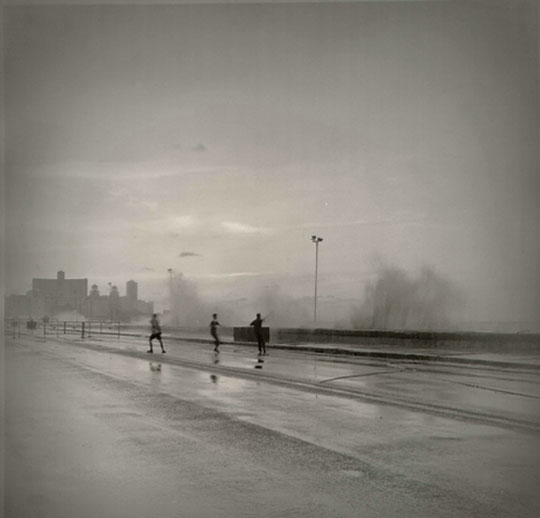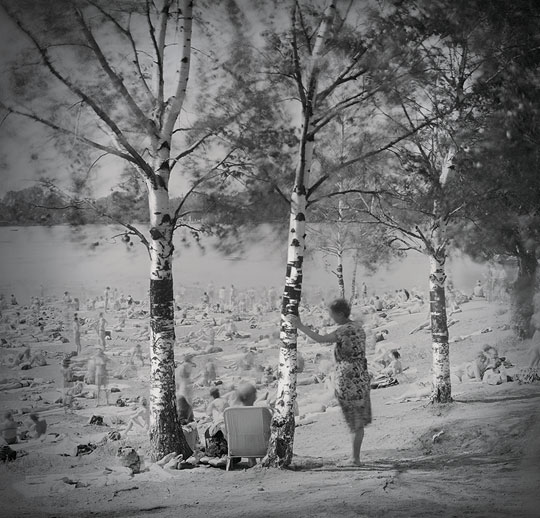STILL LIFE
Fényes Adolf, Mákoskalács (1910)
for Maria, James and Antonia Eliason
What will I do with this little still life,
the empty cereal plate, floral pattern
jug of milk and plain butter croissant
on the tablecloth retaining its folds,
shaken that morning from the hot press,
and poppyseed cake on a green dish,
finely glazed Zsolnay it looks like,
waiting to be bitten into, dense
and dark with a million poppy seeds
scattering all over the dining room
if I’m not careful, a bentwood chair
foreshortened against a lilac wall
on which a crucifixion scene hangs
and two other prints off to the side,
Hungarian light in the empty glass
reflecting a window where the Puszta
stretches all the way to the Carpathians,
or reflecting nothing, a painter’s whim,
his desire to bring light to the subject,
to have us notice his eye for things
that day in 1910 in the dining room?


